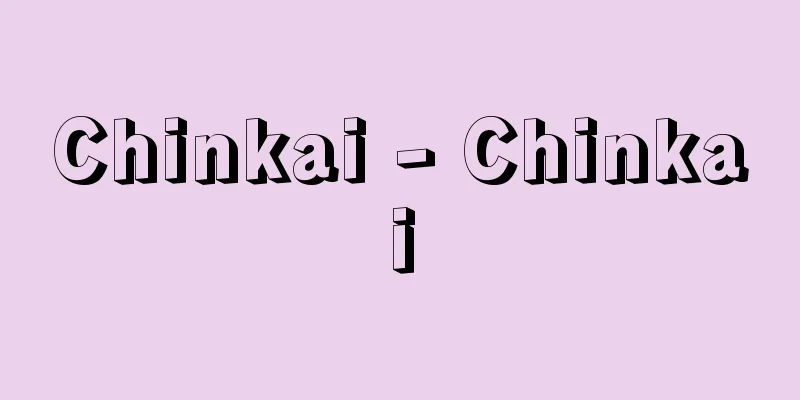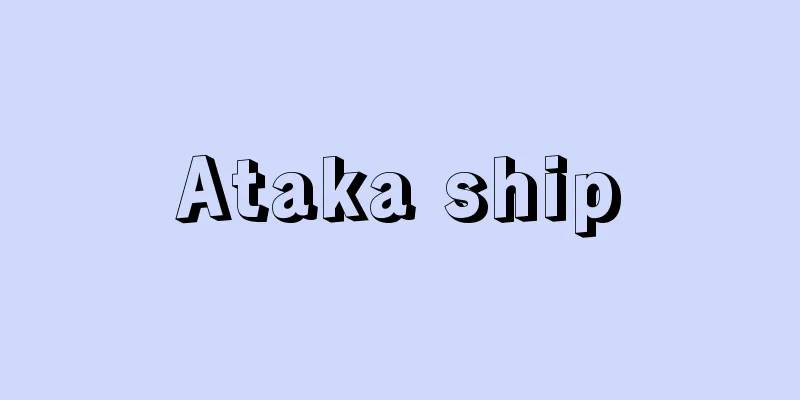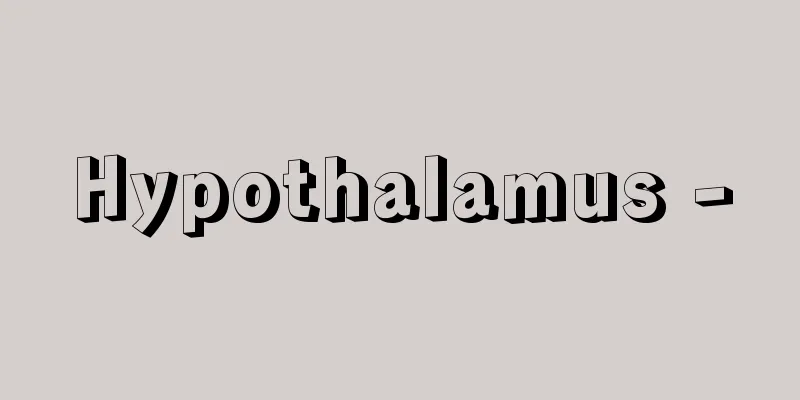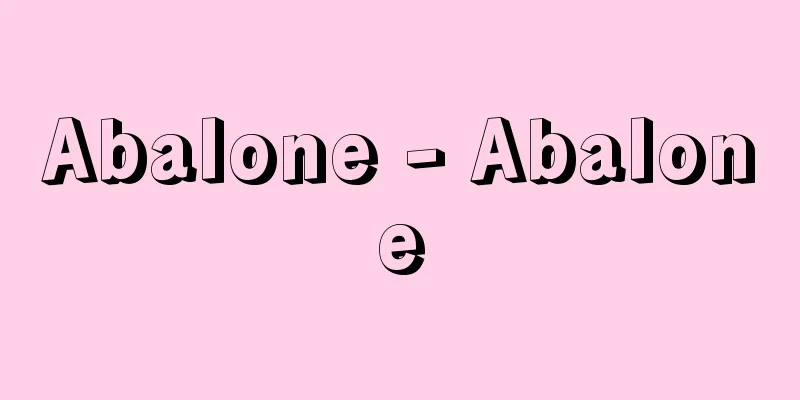horǎ (English spelling) hora

|
...Colindǎ, which is sung from Christmas to New Year, reflects pre-Christian folk beliefs and has musical characteristics. The slow, free-rhythmic lyric song doinǎ is the most common among folk songs, in contrast to the fast-paced, rhythmically defined dance music horǎ. The music for this dance is mainly instrumental, but in some regions the dance is accompanied by singing. ... *Some of the terminology explanations that mention "horǎ" are listed below. Source | Heibonsha World Encyclopedia 2nd Edition | Information |
|
…なかでもクリスマスから新年にかけて歌われるコリンダcolindǎは,キリスト教以前の民間信仰を反映し,音楽的にも特徴がある。民謡のなかでは,テンポのゆっくりした,自由なリズムの抒情歌ドイナdoinǎが最も一般的であり,これと対照的なのが,テンポが速く,きちっとした明確なリズムをもった踊りの音楽ホラhorǎ(コロ)である。この踊りの音楽はおもに器楽であるが,地域によっては歌で伴奏する踊りもある。… ※「horǎ」について言及している用語解説の一部を掲載しています。 出典|株式会社平凡社世界大百科事典 第2版について | 情報 |
Recommend
1,2-Dihydroxybenzene
…It is 1,2-dihydroxybenzene, also called pyrocate...
The Birth of a Nation
American film. Epoch Productions, 1915. Directed b...
Graduate School
…In contrast to East Germany, which adopted a uni...
Zenchidori - Dozing
Noh piece. Fourth piece. Five-school current piec...
Wimpy
...An orphan who lost his father at a young age, ...
American Exchange
…Unlike in Japan, members are individuals (Japane...
Stankiewicz, RP (English spelling) StankiewiczRP
…Junk art, which mainly uses waste from industria...
Watchtower - Kan
…The most popular theory is that the name Que was...
Heavenly beings - Tenbu
This is the fourth of the four categories of Buddh...
Cold index
…In addition, there is a belief that frost resist...
padovana
...It seems that it was especially used in the op...
Mitsumata paper
Paper made from Mitsumata. Along with kozo (paper ...
Utsunomiya Noisy Animals - Utsunomiya Noisy Animals
...The fact that Hidetada suddenly left Utsunomiy...
Oldenburg
…After World War II, the region came under Britis...
Francois [I] - Francois
King of France (reigned 1515-1547). Cousin of Loui...
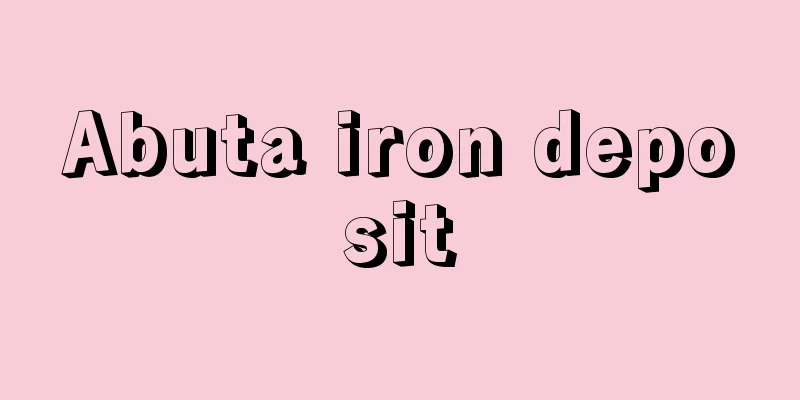
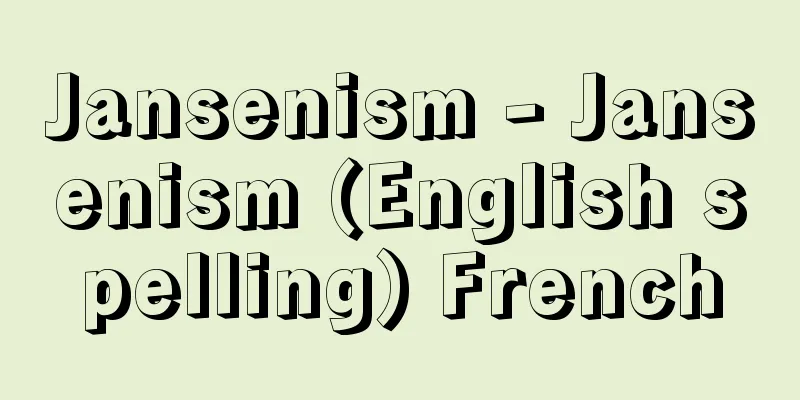
![North Island [town] - Kitajima](/upload/images/67cb534694fb0.webp)
